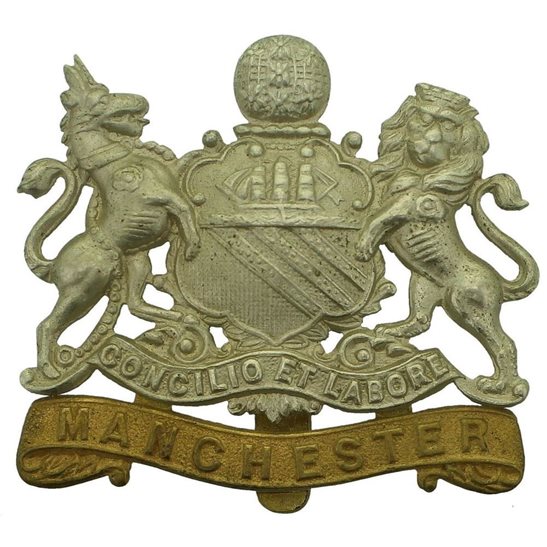Personal Details
Born: Born 1 July 1898 (Baptised on 4 March 1899)
Family: Sixth of eight children born to Joseph and Hannah. Philip married Mary Jones in 1923 at Conway, Caernarvonshire, Wales and together had 3 children – Emrys, Barbara M and Joyce R. Brother to John Capper.
Residence: Baptised at Tilstock church. In 1901 the family were living at Tilstock Lane, Tilstock, Whitchurch, Shropshire. By 1911 they had moved to Belton Road, Whitchurch, Shropshire and at the time of enlistment his address was 22 Belton Road. Army documents dating from 1918 list his father’s address as Cliff Bank, Carden, Malpas, Cheshire. In 1939 Philip and Mary were living at 14 Belton Road, Whitchurch, Shropshire, where he died.
Employment: In 1939 he was employed at the local ironworks as a charge-hand.
Died: 1984 aged 85 in Shropshire.
Military Details
Regiment: Manchester Regiment
Rank: Private
Service Number: 52863
Date of Enlistment:
Date of Discharge: 21 October 1919
Reason for Discharge:
Philip was awarded the Campaign Medals (British War Medal, and Victory Medal).

The British War Medal (also known as 'Squeak') was a silver or bronze medal awarded to officers and men of the British and Imperial Forces who either entered a theatre of war or entered service overseas between 5th August 1914 and 11th November 1918 inclusive. This was later extended to services in Russia, Siberia and some other areas in 1919 and 1920. Approximately 6.5 million British War Medals were issued. Approximately 6.4 million of these were the silver versions of this medal. Around 110,000 of a bronze version were issued mainly to Chinese, Maltese and Indian Labour Corps. The front (obv or obverse) of the medal depicts the head of George V. The recipient's service number, rank, name and unit was impressed on the rim.
The Allied Victory Medal (also known as 'Wilfred') was issued by each of the allies. It was decided that each of the allies should each issue their own bronze victory medal with a similar design, similar equivalent wording and identical ribbon. The British medal was designed by W. McMillan. The front depicts a winged classical figure representing victory. Approximately 5.7 million victory medals were issued. Interestingly, eligibility for this medal was more restrictive and not everyone who received the British War Medal ('Squeak') also received the Victory Medal ('Wilfred'). However, in general, all recipients of 'Wilfred' also received 'Squeak' and all recipients of The 1914 Star or The 1914/1915 Star (also known as 'Pip') also received both 'Squeak' and 'Wilfred'. The recipient's service number, rank, name and unit was impressed on the rim.

